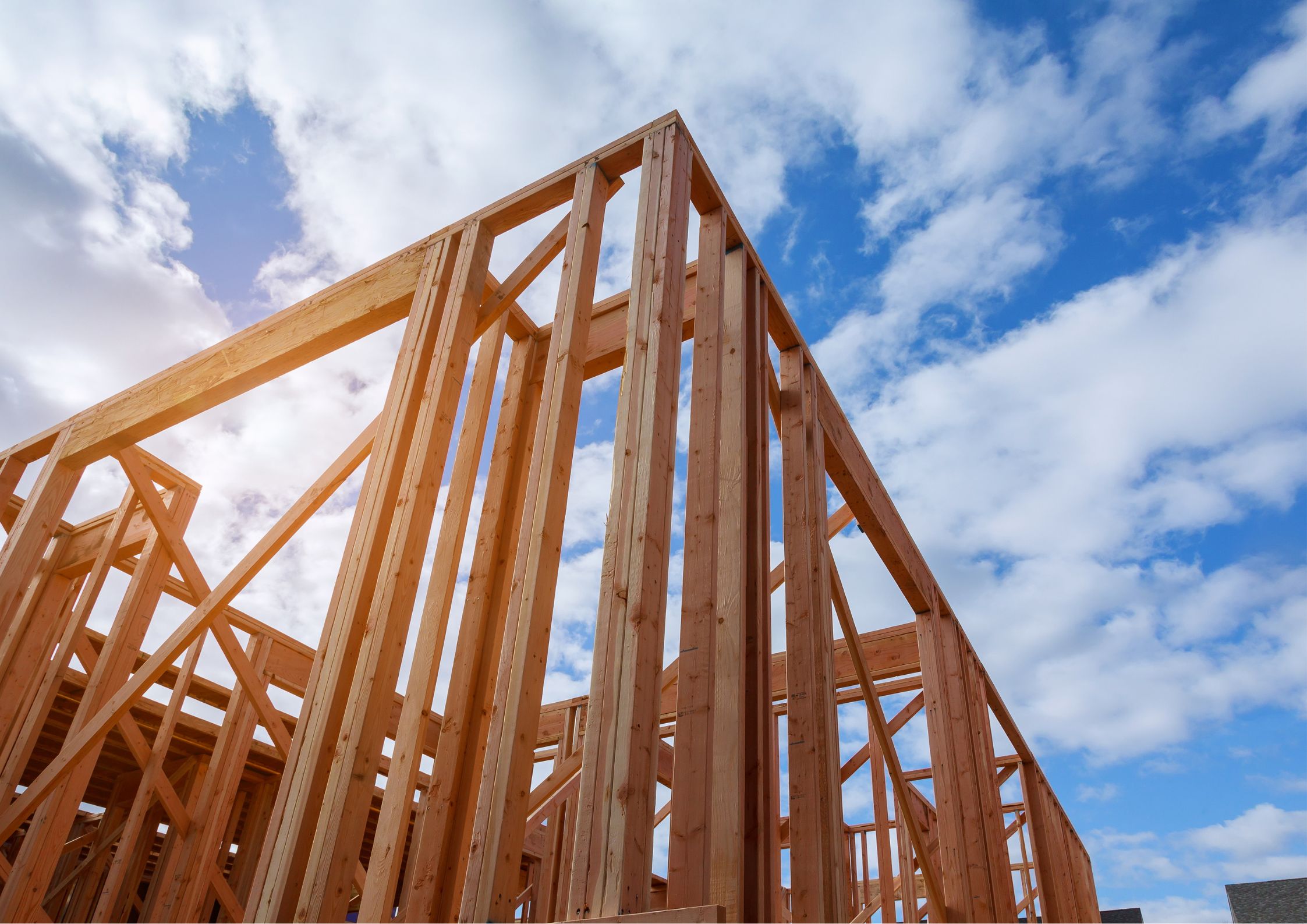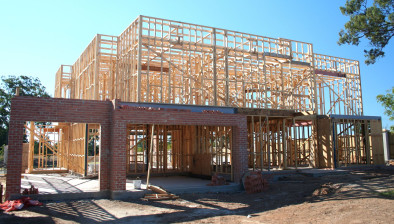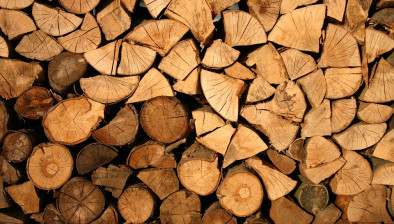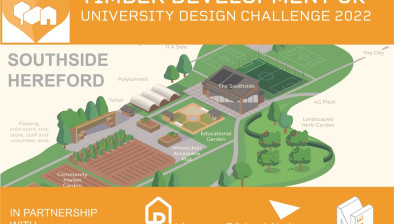Timber industry targets net-zero with new roadmap

A new timber industry net-zero roadmap aims to accelerate the productivity, sustainability, and innovation of the sector to better meet the needs of a low-carbon world.
Commissioned by Timber Development UK (TDUK) in collaboration with eleven UK timber trade associations (ASBP, BWF, Confor, NMBS, STA, TDCA, Timcon, TRA, WPA, WPIF and WRA), the Timber Industry Net Zero Roadmap was developed following a comprehensive effort to map and measure carbon emissions across the whole supply chain.
With the timber supply chain in the UK already employing more than 350,000 people and with a turnover of more than £10bn timber is a significant contributor to the UK economy. It is now set to grow as industry seek out low energy and low carbon manufacturing solutions – properties which are already inherent to timber as a material.
To support the continued responsible growth of the industry, the Roadmap draws together all of the related emissions from the supply chain – stretching from forest and manufacturing, to transport, use, and end of life – to set out a clear pathway to zero emissions.
This approach has shown the timber supply chain is responsible for 1,575,356 tonnes CO2e territorial emissions – which is about 0.35% of the UK total. This is very low compared to other manufacturing industries such as UK steel production, which is responsible for 12 million tonnes CO2e (2.7% of UK emissions), and concrete, which is responsible for 7.3 million tonnes CO2e (1.5% of UK emissions).
However, Timber Development UK chief executive David Hopkins still believes action is necessary. He said: “The timber industry does not believe coming from a low base is an excuse for inaction. Through the Roadmap the industry is making clear its ambition to be the undisputed standard bearer for low-carbon manufacturing – extending its’ impact beyond the UK’s borders.
“We want timber to be the first truly net zero industry, and we are fortunate to already have a head start. But there is still a lot we can do, and what this roadmap shows is that many of these actions we can start today.”
He added: “What anyone who embarks on the roadmap will find is that these measures are not just good for the environment – they are good for business. Taking steps to lower your diesel use and be more efficient lowers both your carbon emissions and your costs.
“I would like to really emphasise the collaborative effort from the entire timber industry and all our partners over the past year which has made this possible. This roadmap should send a clear signal about our ambitions as a net zero industry.”
The Roadmap also seeks to influence the 3,655,715 tonnes CO2e of imported embodied emissions which comes from the processing of wood products in the country of origin. This figure, if taken together with territorial emissions, would make the timber industry responsible for about 0.68% of the UK’s total emissions.
Of the total consumption emissions, 49% of these emissions are from the transport of timber products, and 34% are embodied in imported materials. The remaining 17% are from the UK production processes within the industry, and waste.
With a range of pathways now set out in the Roadmap for the industry to achieve Net Zero by 2050 – at the very latest – this document has been made freely available for all businesses in the timber supply chain to adopt, alongside a set of ten high-level policy recommendations.
These policy recommendations include the alignment of industry to better measure carbon, as well as set dates and actions to reduce road transport emission intensity, manufacturing emissions intensity, and more – along with tools to help businesses make the change happen.

















